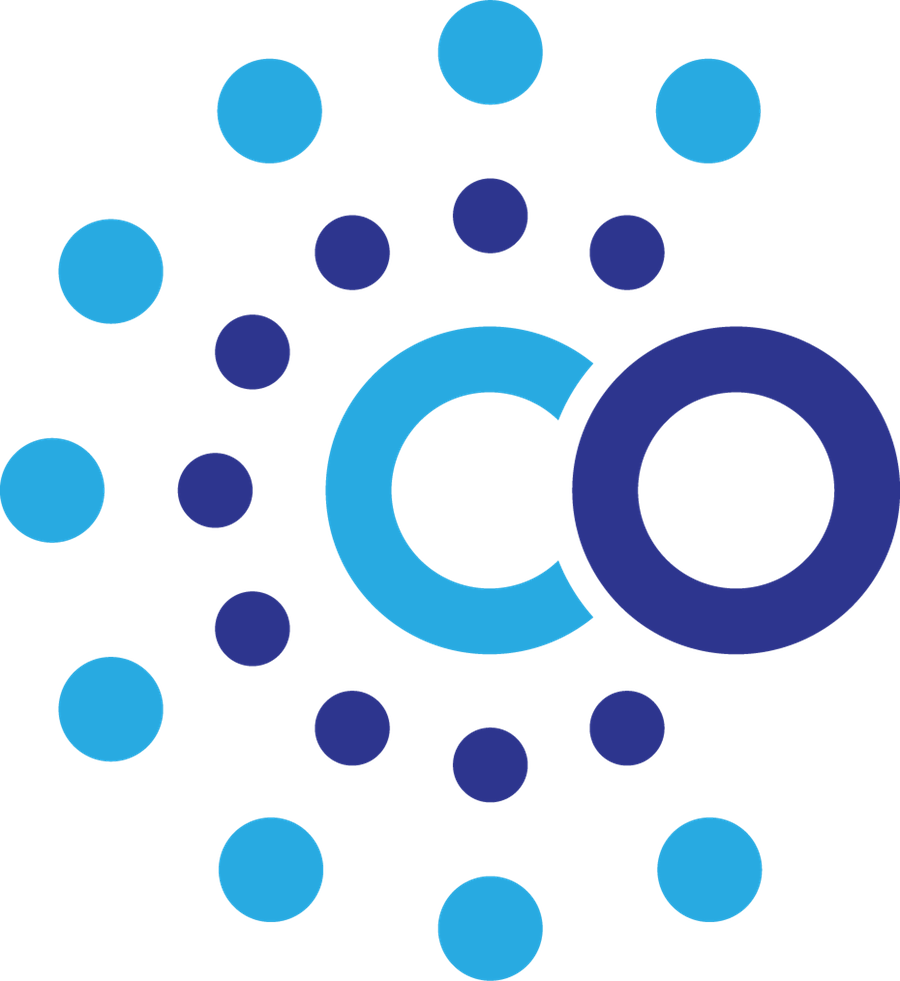Research Papers
Semiconductive Nanostructures - Materials for Spinelectronics: New Data Bank Requirement
Abstract
Nanoscience, the interdisciplinary science that draws on physics, chemistry, biology, and computational mathematics, is still in its infancy. Control and manipulation on a nanometric scale allow the fabrication of nanostructures, the properties of which are mainly determined by quantum mechanics and differ considerably from that of the common crystalline state. Nanostructures constructed from inorganic solids such as semiconductors have new electronic and optical properties because of their size and quantization effects [1, 2]. The quantization effects reflect the fundamental characteristics of structures as soon as their size falls below a certain limit. An example of the simplest nanostructure is the quantum dot formed from the energy well of certain semiconductor materials with 5-10nm thickness sandwiched between other semiconductors with normal properties. Quantum dots, for example, have led to important novel technology for lasers, optical sensors, and other electronic devices. The application of nanolayers to data storage, switching, lighting, and other devices can lead to substantially new hardware, for example, energy cells, and eventually to the quantum-based internet. Nanoscience and nanotechnology encompass the development of nano-spinelectronics, spinelectronics materials production, and nano-spinelectronic measuring devices and technologies. Nano-spinelectronics, based on usage of magnetic semiconductors, represents a new and emerging area of science and engineering of the 21st century. It is a primary example of the creation and enhancement of new materials and devices for information technologies, operating with charge and spin degrees of freedom of carriers, free from present-day limitations. This new multi-disciplinary direction of science and technology is very much in need of support from new data banks, which will function as a source of new ideas and approaches.
Published on Dec 31, 2007
Peer Reviewed



